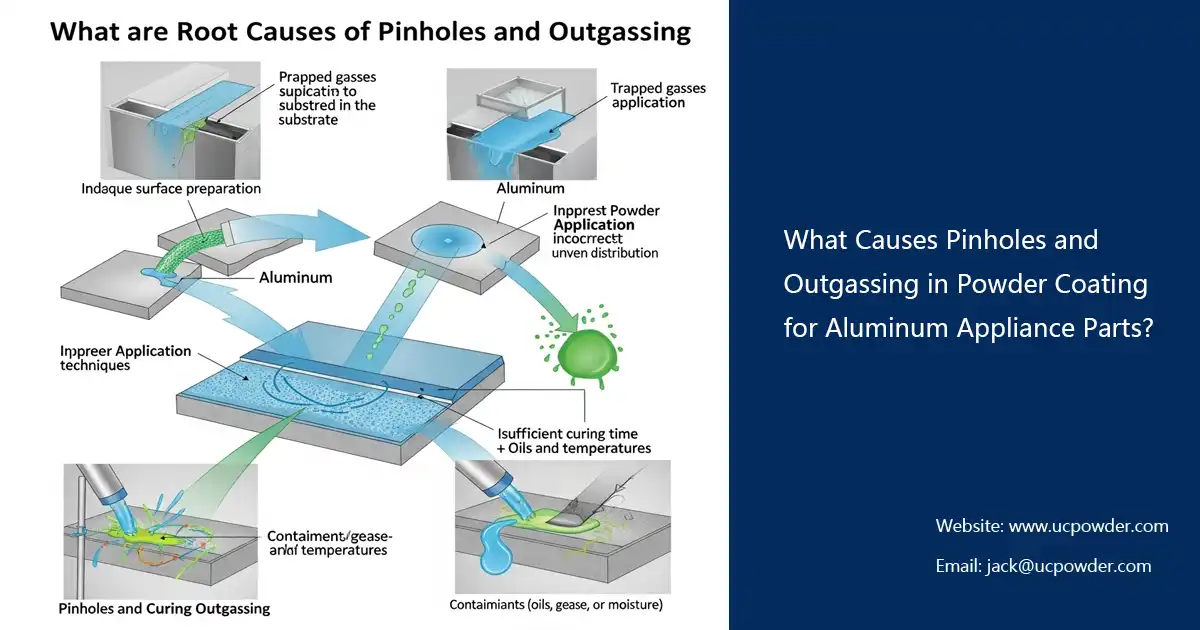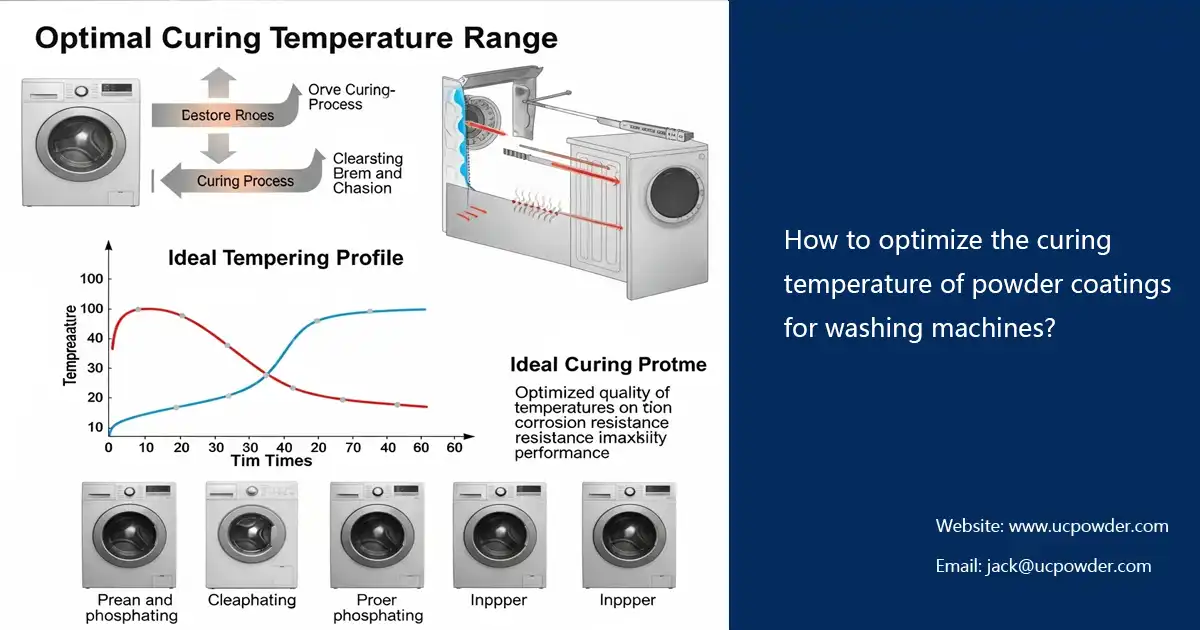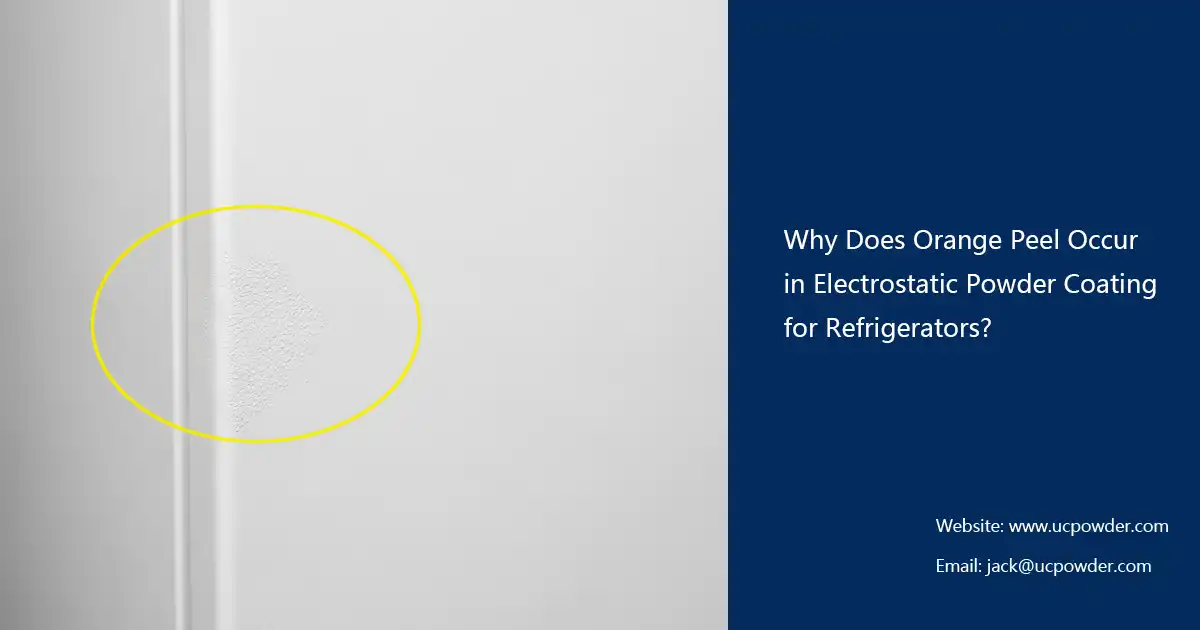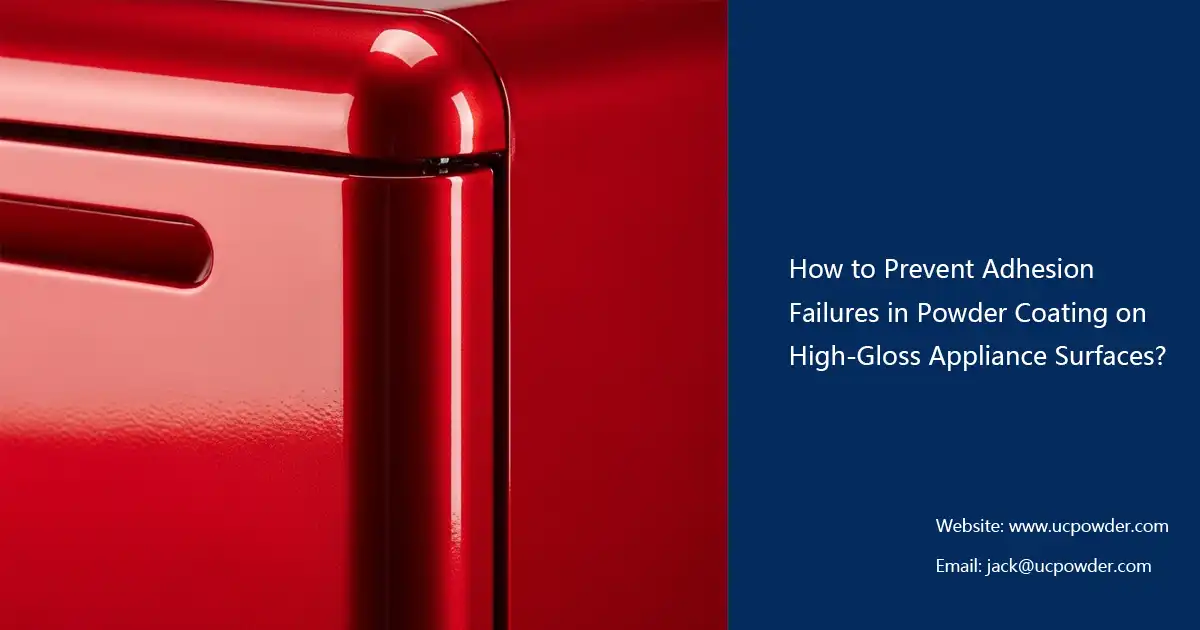Epoxy Powder Coating

Epoxy powder coating (TGIC & HAA/Primid)
- System: TGIC Curing ; Primd/HAA Curing
- Sample: Free Sample Supported
- Color : Customized Supported
- Gloss : 15-95% (Smooth Surface At 60°),Customized Supported
- Surface : Smooth Or Texture ; Customized Supported
- Package : 20KG Or 25KG/Carton Or Customized Supported
- Delivery : In 2-5 Days
What is epoxy powder coating ?
The core component of epoxy powder coatings is epoxy resin, an organic compound composed of carbon chains tightly bonded with elements such as hydrogen, nitrogen, and oxygen through covalent bonds. This covalent bonding structure imparts materials like epoxy resin with lower melting points and electrical conductivity, and allows the resulting coating to be a hard, flexible, and highly adhesive thermosetting polymer. Consequently, after curing, epoxy powder coatings form a high-molecular-weight, cross-linked coating structure with 100% solid content, exhibiting excellent chemical corrosion resistance and superior mechanical properties, particularly noted for their outstanding abrasion resistance and adhesion. These non-toxic and unique characteristics make epoxy resin an ideal choice for functional coatings to protect various industrial equipment, machine parts, and electrical appliances, effectively withstanding diverse environmental challenges and chemical aggressors.
Advantages and Characteristics of Epoxy Powder Coatings
-
Excellent anti-corrosion performance
This is one of the most significant advantages of epoxy powder coatings. It can form a dense protective layer, effectively resisting the erosion of moisture, chemicals (such as acids, alkalis, solvents), salt spray, etc., especially suitable for protecting metal substrates from corrosion. -
Excellent adhesion
Epoxy powder coating has a very strong bonding force with metal surfaces (such as steel and aluminum) that have been properly pre treated, making it difficult to peel or peel off, ensuring the coating is durable and long-lasting. -
Good mechanical performance
-
High hardness
The cured coating is hard and can resist scratching and wear. -
Impact resistance
It has a certain degree of toughness and can withstand certain physical impacts without easily cracking. -
Wear resistance
Very suitable for components that frequently experience friction.
-
-
Excellent chemical resistance
able to withstand the erosion of various chemicals, suitable for chemical plants, laboratory equipment, and other environments that may come into contact with corrosive chemicals. -
Good flexibility
Although the coating is hard, it also has a certain degree of flexibility, which can adapt to the expansion and contraction of the workpiece due to temperature changes or slight deformation, and is not easy to crack. -
Decorative and Appearance
-
High fluidity
capable of forming smooth and even surfaces. -
Multiple colors and glossiness
Multiple color options are available, and glossiness can be adjusted (from high gloss to matte) to meet different aesthetic needs.
-
-
Environmental friendliness
-
Low/no VOC emissions
Powder coatings release almost no or extremely low volatile organic compounds (VOCs) during construction and curing, making them environmentally friendly and complying with increasingly strict environmental regulations. -
Recyclable powder
Overloaded powder can be recycled and reused, improving material utilization and reducing waste.
-
-
Economically efficient
-
Thick film can be obtained with one coating
Compared to liquid coatings, powder coatings can obtain thicker coatings with one spray, improving construction efficiency. -
No need for primer (in some cases)
Its excellent adhesion and corrosion resistance make it possible to eliminate primer in certain applications. -
Reduce energy consumption
Some low-temperature curing epoxy powder coatings can lower the baking temperature and save energy.
-
-
Excellent electrical insulation performance
Epoxy resin itself has good electrical insulation properties, so epoxy powder coatings are also commonly used for insulation protection of electrical equipment and components. -
Easy to apply and automate
Epoxy Powder coatings are suitable for automated coating methods such as electrostatic spraying, with high production efficiency and uniform coating.
Characteristics to be noted (limitations)
-
Relatively poor weather resistance (weak UV resistance)
Pure epoxy powder coatings are prone to powdering and fading when exposed to ultraviolet light for a long time. Therefore, they are mainly recommended for indoor applications or as a base coat for outdoor applications (covered with a more weather resistant topcoat, such as polyester or polyurethane powder coating). -
Not resistant to high temperatures (some types)
Although some specially formulated epoxy powder coatings have a certain degree of heat resistance, ordinary epoxy coatings may discolor or experience performance degradation under sustained high temperatures.
| Performance parameters of epoxy powder coating | |
| Density | 1.2-1.8 G/cm³ |
| Film | Film Thickness :40u~150um , Best Recommendation Is 40um~80um |
| Utilization Rate | Average Coverage : 10~12 Square Meter/KG ,With 60um (100% Use Rate) |
| Curing Condition | 160°C/10min;180°C/10min ;180°C/15min;190°C/15min ;200°C/10min; Or Customized According To Requirements |
| Method | Corona Electrostatic Spraying ,Electrostatic-Fluidized Bed, Fluidized Beds,Tribo Charging Guns |
| Applicaiton | Mainly Used For Outdoor Units Of Air Conditioners, Park Appliances, Lamp Posts, Outdoor Furniture, Lawn Mowers, Agricultural Machinery, Etc. It Has The Function Of Decoration And Outdoor Weather Resistance. |
| Transportation | Two Layers Of Polyvinyl Chloride Plastic Bags In Carton Package, 20 /25kg Per Carton. Non-Dangerous Goods Can Be Transported In Various Ways, But Avoild From Direct Sunlight, Moisture And Heat, And Contact With Chemical Substances. |
| Safety | Non Toxic Substances, And There Is No Toxic Gas Generated During Baking, But Avoid Inhaling Dust During Use, Operators Should Wear Dust Masks, And Minimize The Long-Term Contact Between Skin And Powder Coatings, Which Adhere To The Skin The Paint On The Surface Can Be Cleaned With Soap. |
The main application areas of epoxy powder coatings
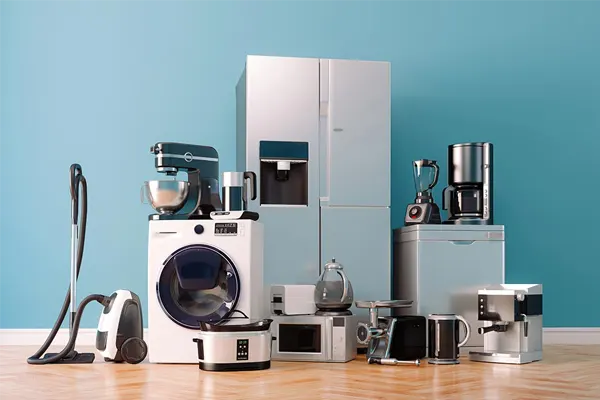
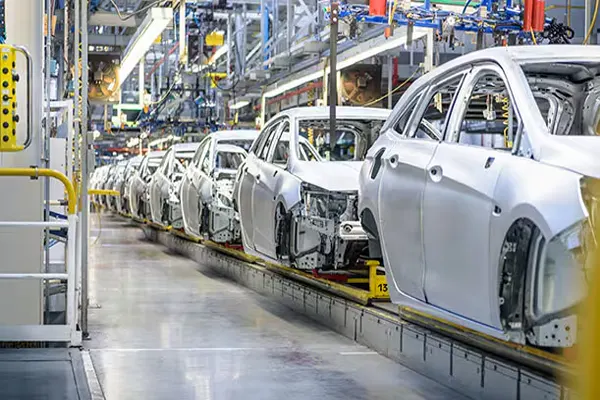
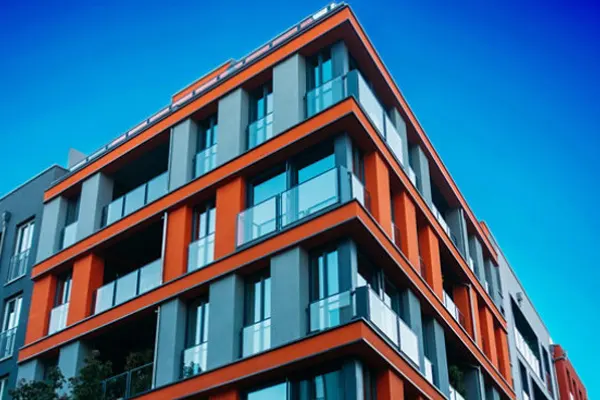
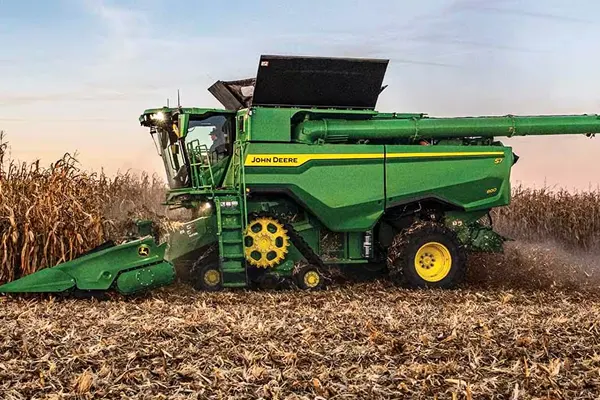
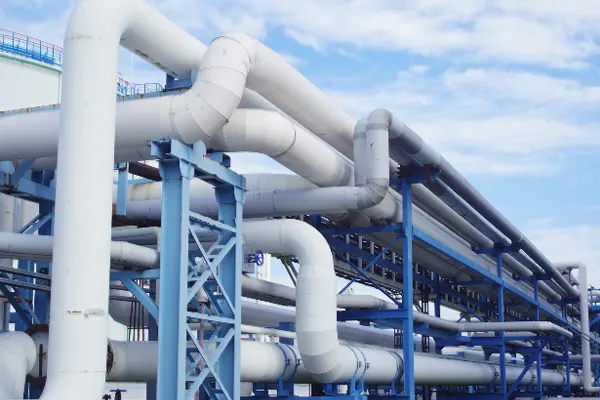
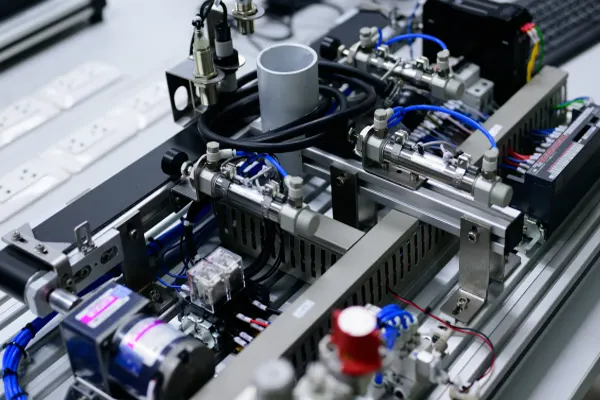


How to choose epoxy powder coating ?
- Determine the usage environment: Epoxy powder coating has poor weather resistance and UV resistance, and is not suitable for long-term direct exposure to sunlight, otherwise it is prone to powdering and fading. For outdoor applications, epoxy polyester hybrid, pure polyester, or polyurethane powder coatings should usually be selected.
- Confirm substrate material: Epoxy powder coating is usually applied to metal substrates such as steel, aluminum, etc. Different metal materials may require specific pre-treatment to achieve the desired protective effect.
- Considering the final protective performance: When choosing epoxy powder coating, it is necessary to consider the final protective performance effect, such as the adhesion, flexibility, impact resistance, hardness, corrosion resistance, chemical resistance, etc. of the powder coating after curing. These performance indicators depend on the additive ratio in the epoxy powder coating.
- Considering construction costs: Although most workpieces are sprayed with powder guns, some workpieces require the use of a vulcanizing bed to evenly cover the surface of the epoxy powder. Different construction methods have significant differences in the demand for epoxy powder and curing environment, which directly affects the final construction cost.
- Choosing a reliable supplier: epoxy powder suppliers with good reputation and quality assurance system are the key issues you need to pay attention to. Most epoxy powder suppliers cannot provide you with professional technical consultation and problem-solving solutions. But don't worry, we can provide you with this professional service for free.
What are the differences between pure polyester and epoxy powder coatings?
| Epoxy Powder Coatings | Pure Polyester Powder Coatings | |
| Chemistry | Epoxy powder coatings are based on epoxy resins, which are known for their excellent adhesion to metal substrates. They cure through a chemical reaction involving amines or acid anhydrides, forming a hard and rigid film. | Pure polyester powder coatings are based on polyester resins. They cure through a chemical reaction involving a polyester cross-linker and heat, producing a tough and flexible film. |
| Adhesion | Epoxy coatings offer exceptional adhesion to a wide range of substrates, including metals and certain plastics. They are often used as a primer coat for improved adhesion with subsequent topcoats. | Pure polyester coatings also provide good adhesion, especially to metal surfaces, but they may not adhere as strongly to some plastics as epoxy coatings do. |
| Chemical Resistance | Epoxy coatings are highly resistant to chemical exposure, making them suitable for applications where protection against corrosive substances is critical. | Pure polyester coatings offer good chemical resistance but may not be as resistant as epoxy coatings to certain chemicals and solvents. |
| Flexibility | Epoxy coatings tend to be more rigid and less flexible compared to pure polyester coatings. They can be susceptible to chipping or cracking under mechanical stress. | Pure polyester coatings are known for their flexibility and elasticity, making them better suited for applications where the coated surface may experience bending or flexing. |
| UV Resistance | Epoxy coatings are less resistant to UV radiation and may experience color fading and degradation when exposed to sunlight for extended periods. | Pure polyester coatings offer excellent UV resistance and are often used in outdoor applications where color retention is crucial. |
| Outdoor Durability | Epoxy coatings are primarily used for indoor applications due to their limited UV resistance and lower outdoor durability. | Pure polyester coatings are well-suited for outdoor applications, thanks to their superior UV resistance and weatherability. |
| Appearance | Epoxy coatings typically have a smoother, glossy finish. | Pure polyester coatings can provide a range of finishes, including matte, semi-gloss, and gloss, as well as textured and metallic effects. |
FAQs About epoxy powder coating
Pure epoxy powder coating is not recommended for long-term outdoor applications due to its poor UV resistance. They will quickly pulverize, fade, and lose their luster in sunlight. For outdoor applications, epoxy polyester hybrid powder coatings (with improved weather resistance but still not suitable for harsh outdoor conditions), pure polyester powder coatings, or polyurethane powder coatings are usually chosen, which have better weather resistance and UV resistance. Sometimes, epoxy powder coating is used as a primer for outdoor products, and then covered with a more weather resistant topcoat.
The cured coating of ordinary epoxy powder coating can usually withstand temperatures of about 120 ° C (about 250 ° F). Some special formulations of epoxy powder coatings may have higher heat resistance. If higher temperature resistance is required, other types of powder coatings such as silicone based powder coatings may need to be considered.
Essentially, there isn’t much difference. The term ‘Fusion Bonded Epoxy’ (FBE) is commonly used in specific application areas, such as pipeline anti-corrosion (such as oil and gas pipeline inner and outer walls), steel reinforcement coating, valve coating, etc. The term “epoxy powder coating” is more widely used and is also commonly used for the coating of electronic components, automotive parts, power distribution equipment, and so on. Both belong to thermosetting epoxy resin coatings.
The thickness of the coating depends on the construction method.
- Electrostatic spraying: typically can reach about 40-250 microns (1.5-10 mils). If the workpiece is preheated before electrostatic spraying, a thicker coating can be obtained, even up to 1200 microns.
- Fluidized bed immersion coating: By preheating the workpiece and multiple immersion coatings, it is easy to achieve a thickness of several millimeters (such as 4000 microns or higher), especially suitable for occasions that require high insulation performance.
Some special formulations of epoxy powder coatings can be used for food contact surfaces, but they must undergo specialized testing and obtain relevant food grade safety certifications, such as complying with the regulations of the US FDA (Food and Drug Administration) or the European Union. Not all epoxy powder coatings are food safe. If it is needed for food related applications, it is necessary to choose products clearly labeled as “food grade” or certified by relevant authorities, and strictly follow the manufacturer’s instructions for construction and curing to ensure that the coating is completely cured and no harmful substances migrate into the food.
- Temperature: 180 ° C (356 ° F) to 200 ° C (392 ° F) is a common range, but some low-temperature curing powders can be cured at around 140 ° C (284 ° F), while high-temperature types may require higher temperatures. The important thing is that the temperature of the workpiece itself (Peak Metal Temperature, PMT) reaches the set value.
- Time: After reaching the specified workpiece temperature, it is usually necessary to maintain it for 10 to 20 minutes. For example, a common curing solution may be “workpiece temperature 180 ° C, hold for 15 minutes” or “workpiece temperature 200 ° C, hold for 10 minutes”.
Be sure to refer to the technical data sheet (TDS) of the specific product to obtain accurate curing parameters. Insufficient or excessive curing can affect the final performance of the coating.
The shelf life of epoxy powder coatings is usually 6 months to 1 year, depending on the manufacturer and storage conditions.
When storing, attention should be paid to:
- Low temperature drying: Store in a cool, dry environment, with ideal temperatures typically recommended below 25 ° C (77 ° F) and humidity below 50-60%. Avoid high temperature and high humidity, which may cause powder clumping or performance degradation.
- Sealed storage: When not in use, the container should be kept sealed to prevent moisture absorption and contamination.
- Avoid direct sunlight: Store away from direct sunlight.
- Orange Peel: The coating surface is uneven, similar to orange peel. The reasons may be poor powder melting leveling, improper solidification temperature, coating too thin or too thick, improper spray gun settings, etc. The solution includes adjusting the curing parameters, powder formula, and spraying process.
- Pinholes/Craters: Small holes or indentations appear on the surface of the coating. The reasons may be substrate contamination (oil, water), powder moisture, porous substrate releasing gas, and volatile substances escaping during solidification. The solution is to thoroughly clean the substrate, ensure powder drying, preheat and degas the porous substrate, and optimize the curing conditions.
- Poor adhesion: The coating is prone to peeling off from the substrate. The main reasons are improper surface pretreatment, substrate contamination, and incomplete curing. The solution is to strictly implement surface pretreatment processes, ensure substrate cleanliness, and ensure sufficient curing.
- Uneven Coating Thickness: The coating in some areas is too thick or too thin. The reasons may be improper operation of the spray gun, inconsistent spraying distance and angle, and electrostatic effects (Faraday cage effect). The solution is to standardize the operation of the spray gun, adjust the spraying parameters, and improve grounding.
- Particles/Impurities: Particles or foreign objects on the surface of the coating. The reason may be environmental dust, powder contamination, or insufficient screening of recycled powder. The solution is to keep the construction environment clean, ensure the purity of the powder, and regularly clean the recycling system.
- Faraday Cage Effect: It is difficult to spray powder on concave or corner areas. The reason is electrostatic shielding. The solution is to adjust the voltage of the spray gun, change the spraying angle, use a replacement gun, or select powder with better permeability.
Solving these problems usually requires comprehensive analysis, starting from multiple aspects such as surface treatment, powder quality, equipment status, process parameters, and environmental control.
Have Anything To Ask Us?
